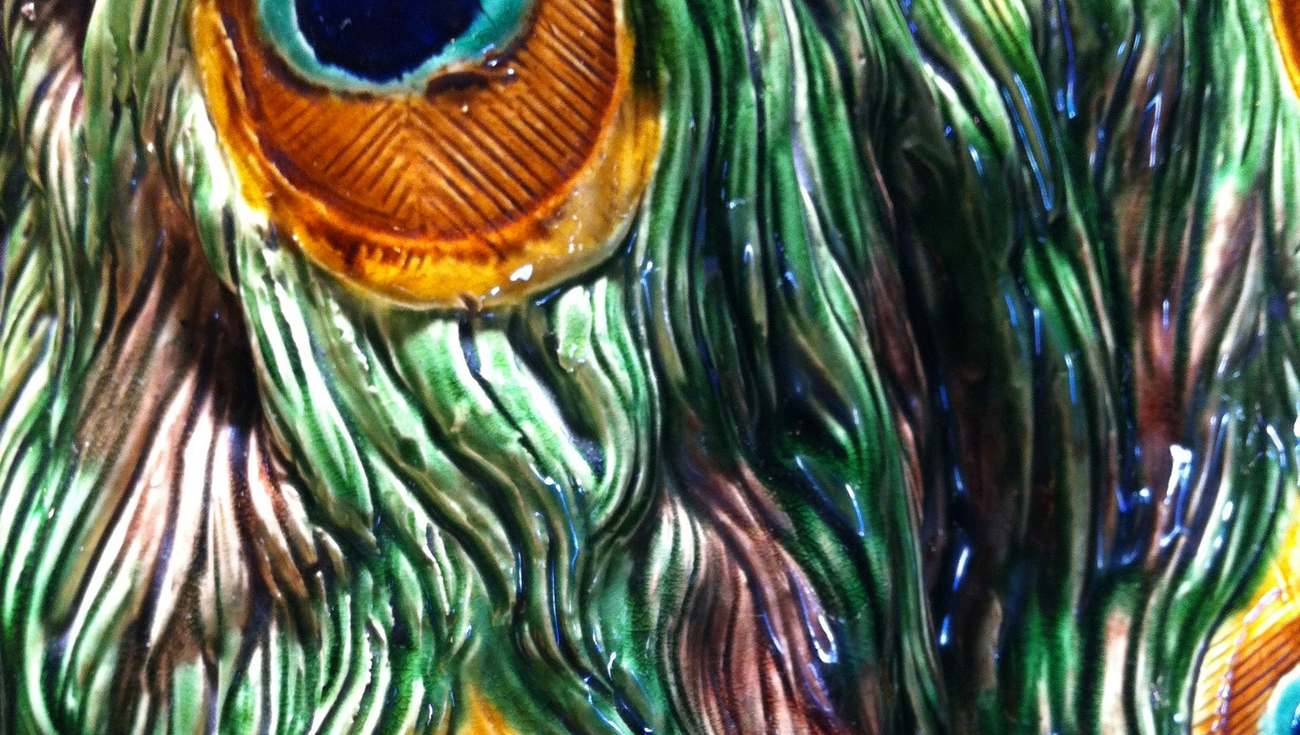Displaying Victorian Sculpture/AHRC-Funded PhD - 'Displaying Italian Sculpture' (2011-14)

 Funded through the AHRC grant for the 'Displaying Victorian Sculpture' research project.
Funded through the AHRC grant for the 'Displaying Victorian Sculpture' research project.
Awardee: Charlotte Drew
Thesis Title: 'Displaying Italian Sculpture: Exploring Artistic Hierarchies at the South Kensington Museum, 1852–62'
Duration: 2011-2014
Supervisors: Professor Jason Edwards (University of York) and Professor Michael Hatt (University of Warwick).
Charlotte Drew was a member of the research team for Displaying Victorian Sculpture, a major collaborative project between the departments of History of Art at the universities of York and Warwick and the Yale Center for British Art.
As part of the Displaying Victorian Sculpture project, she curated a Library Display at the Henry Moore Institute in 2014: Albert Toft: A Lesson in Modelling and Sculpture.
Abstract
The South Kensington Museum’s early collections were conceived in the wake of the Great Exhibition and sought a similar juxtaposition of the fine and applied arts. Whilst there is an abundance of literature relating to the Great Exhibition and the V&A in terms of their connection to design history and arts education, the place of sculpture at these institutions has been almost entirely overlooked – a surprising fact when one considers how fundamental the medium is to these debates as a connection between the fine and applied arts and historical and contemporary production. To date, scholars have yet to acknowledge the importance of sculpture in this context or explore the significance of the Museum in challenging sculpture’s uncertain position in the post-Renaissance division between craft and fine art. By exploring the nature of the origins of the Italian sculpture collection at the South Kensington Museum, which began as a rapidly increasing collection of Medieval and Renaissance examples in the 1850s, we can gain a greater understanding of the Victorian attitude towards sculpture and its conceptual limitations. This thesis explores the acquisition, display and reception of the Italian sculpture collection at the early Museum and the interstitial position that the sculptural objects of the Italian collection occupied between the fine and decorative arts. In addition, it considers the conceptual understanding of sculpture as a contested and fluid generic category in the mid-Victorian period and beyond, as well as the importance of the Museum’s Italian sculpture collection to late nineteenth-century revisions of the Italian Renaissance. In particular, I explore the nineteenth-century scholarly and artistic responses to the Quattrocento work of the della Robbia family, whose brightly-coloured ceramic relief sculptures dominated the Italian collection at the Museum.
Main image: Paul Comolera, Peacock (1873), majolica, produced by Minton & Co. (detail), Walker Art Gallery. Photo (detail): ©Charlotte Drew
